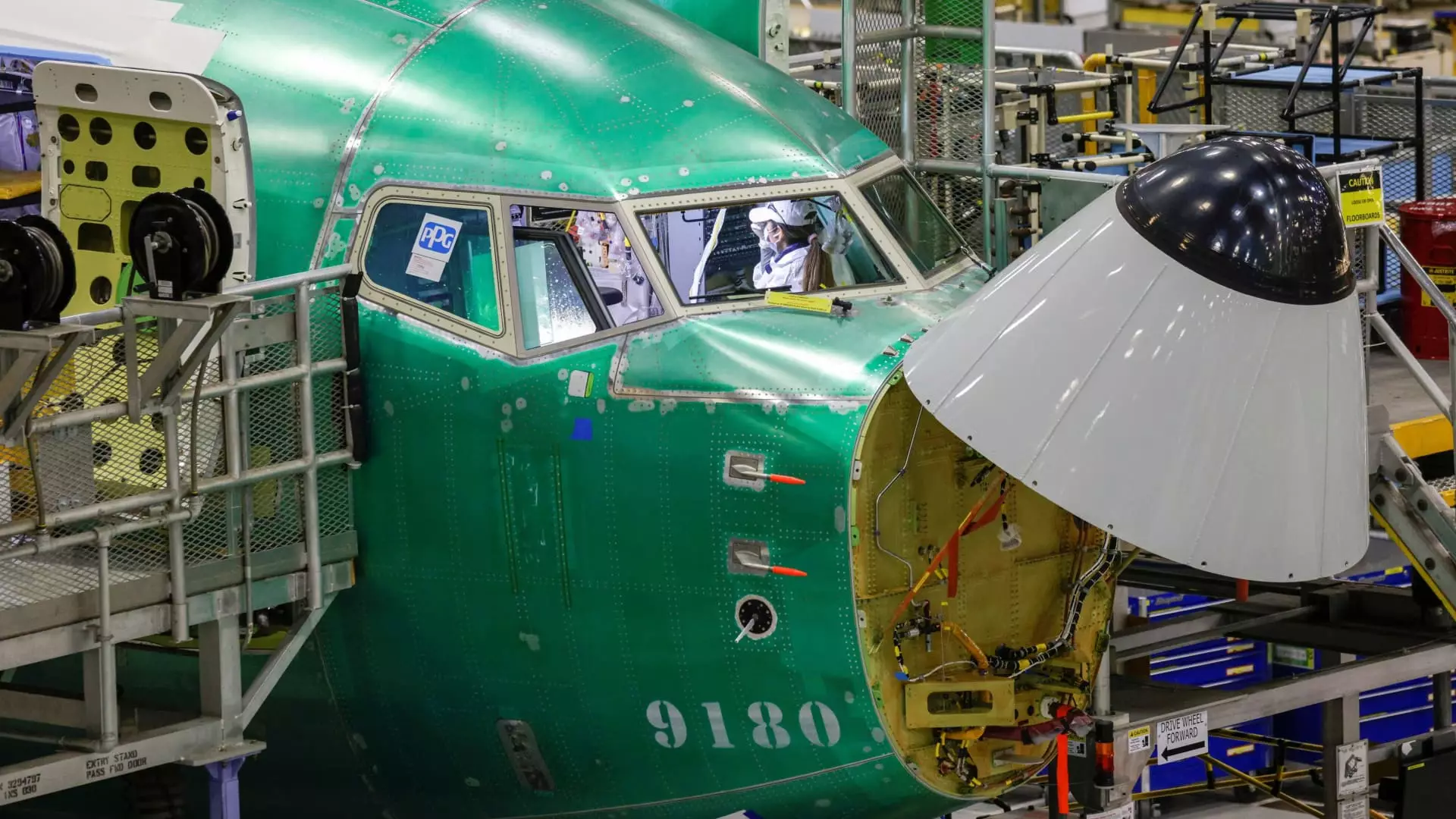After a significant disruption that lasted over seven weeks, Boeing’s workforce, numbering more than 32,000 machinists, is set to return to their posts. However, the multinational aerospace giant has warned that revitalizing production capabilities will not be an overnight task. The return is set for this Tuesday, but the complexities involved in resuming operations may result in a gradual reawakening of manufacturing output across its factories. This situation marks a critical juncture for Boeing, which has already faced setbacks in production efficiency due to various internal and external factors.
New Labor Agreement: Major Gains for Workers
The recent approval of a new contract by the machinists heralds a significant improvement for the workforce. The agreement features a staggering 38% pay increase spread over four years, coupled with other enhancements to working conditions. This deal came after the machinists unanimously rejected an earlier proposal that entailed a 25% raise, indicating a clear desire for better compensation that reflects the harsh realities faced during the pandemic. This new contract not only addresses wage concerns but also strengthens employee morale, which could be pivotal in restoring a sense of stability within the company.
As Boeing gears up to re-establish its production line, it faces the uncomfortable reality of dwindling output. The company reported delivering a mere 14 jetliners in October—the lowest figure since the height of pandemic disruptions in November 2020. According to Boeing, it handed over nine 737 Max aircraft last month, with the delivery processes carried out by personnel who were not affected by the machinists’ strike. This situation further compounds Boeing’s challenges as it struggles to keep pace with rival Airbus, which has managed to deliver 559 planes so far this year, compared to Boeing’s 305.
Safety and Efficiency: The Focus of Resumption
The resumption of operations involves not just a return to the factory floors but also a thorough reassessment of safety protocols and machinist duties. Boeing’s leadership has stressed that the process of ramping back up is far more intricate than simply turning the production switch back on. CEO Kelly Ortberg emphasized the importance of proceeding with caution, declaring that it is “absolutely critical” to execute the resumption effectively. Ensuring all training is up-to-date and risk factors are adequately addressed will be paramount as the company transitions back to its regular manufacturing rhythm.
In addition to navigating internal challenges, Boeing must also manage public perception and customer confidence. Despite the challenges posed by the strike, the company continued to secure orders, including 40 737 Max 8s from Avia Solutions Group. This indicates a sustained demand for its aircraft, suggesting that the market remains resilient, at least in part. Nevertheless, the path forward is fraught with difficulties, as Boeing seeks not only to recover from recent setbacks but to emerge stronger in a highly competitive aviation landscape. Ensuring consistent delivery and maintaining strong relationships with customers will be equally crucial as Boeing endeavors to restore itself to its former stature.
The recent strike at Boeing, while highlighting significant labor issues, has also set the stage for potential growth and renewed focus on employee welfare. The coming weeks will be essential in determining whether Boeing can successfully navigate the complex landscape ahead.

